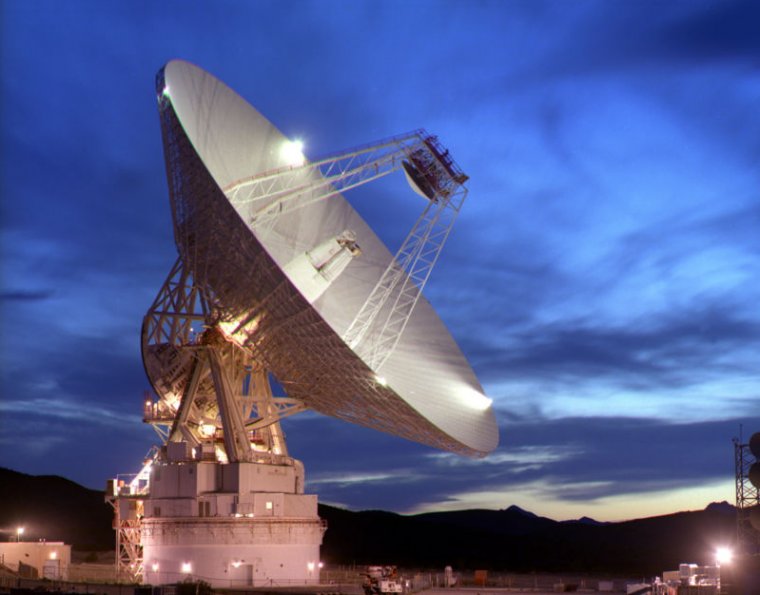
Quantum radar has been on the… ahem… radar for a while now. Unfortunately, the theoretical and practical results from our explorations of the concept have been underwhelming. But before we get to the disappointments, let me give all you radar enthusiasts a reason for hope. A new paper demonstrates that, under conditions of low signal-to-noise ratios (at the edge of the radar’s classical range), employing quantum technologies may offer a very significant boost in accuracy.
Quantum radar?
Radar, at its simplest, involves sending out pulses of radiation that reflect off an object. The reflected signal is detected, and the time of flight is measured. The time of flight is then translated into a range, while the direction that the radar antenna was pointed when it picked up the reflection tells us the direction.
The horrible thing about radar is that the signal drops off very rapidly—as the fourth power of the distance. This is because the power of the radiation we send out drops as the square of the distance between the transmitter and the object. And then it drops as the square of the range again after it’s reflected and has to travel back to the receiver. You get clobbered by the inverse square rule twice.
